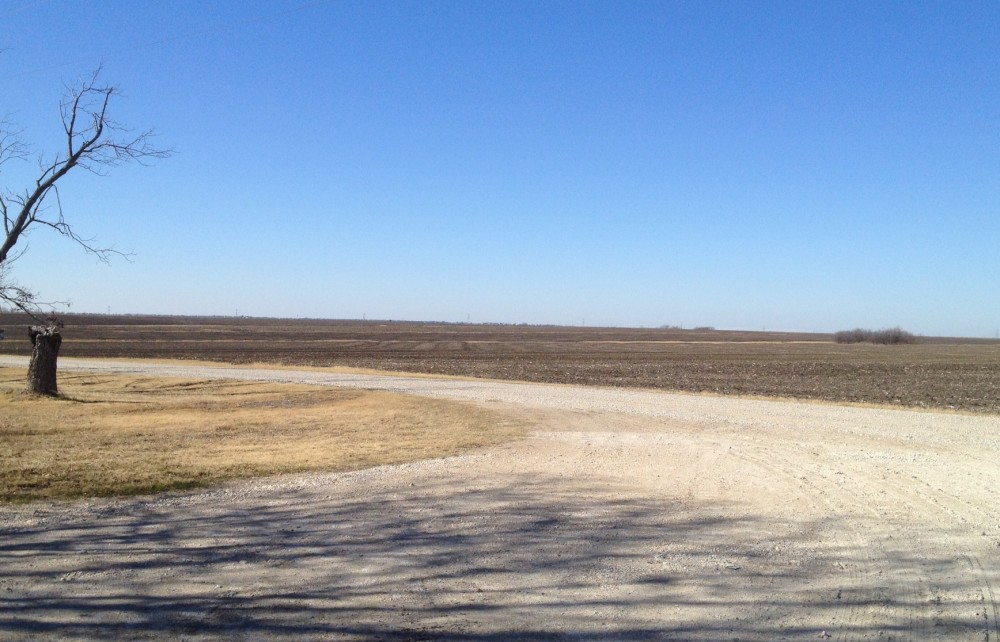Eliza Doolittle sells violets on the steps of St. Paul’s Cathedral in London England. She speaks squeaky Cockney English which horrifies Professor Henry Higgins who studies and enunciates the King’s English. Offhandedly, Professor Higgins comments to Colonel Pickering that he could make a lady of Eliza in six month’s time by teaching her proper English. Eliza’s untutored mouth may twist the English tongue but her mind is as sharp as a tack. She knows what words mean and she thinks about what those words so causally dropped might mean for her.
The next morning, our ragtag flower girls presents herself at the very proper bachelor retreat of Professor Higgins. Eliza offers to pay real money for language lessons to make a lady of herself. At first, Professor Higgins is reluctant; but the kindly Colonel Pickering converts the waif’s proposal to a more acceptable wager. If Higgins will teach, Pickering will pay. The Colonel will cover the costs of the lessons, provided the Professor’s efforts are proven successful by Eliza passing her vernacular examination at the Embassy Ball in six month’s time. The gentleman shake. With that, they and Eliza are off to the races in a musical reconnoitre that will forever alter the future of a flower girl and her Professor.
The music is worth the trip. The story is endearing in a distant, unkindly and worried sort of way. The language is tortured and memorable in the haunting fashion of an early morning dream. The costumes are simply not to be missed. The ending is oddly unsatisfying yet reassuring, like a lost pocketbook that has somehow found its home. Only, I’m not sure who of the two is that pocketbook or who has found whom?
Audrey Hepburn is Eliza Doolittle. Rex Harrison is Professor Higgins. Wilfred Hyde-White is Colonel Pickering. The movie is “My Fair Lady,” the film awarded the 1964 Oscar for Best Picture at the 37th Academy Awards ceremony hosted by Bob Hope for the 14th time.
Is this a show not to be missed, to be added to your must-see list of best films?
Our EthnoFamilyMovieOgraphy (EFMO) reviewers say that it is.
The EFMO viewers have seen the first 37 shows.
Their assessment: #5 from the top!!!!
This is a good one.
One of my jobs is to synthesize the EFMO “Like” and “Dislike” comments into a single sentence. In 75 words or so, here is my abstraction of their appreciation of My Fair Lady:
“Most liked everything — the music, the acting, the story, the humor, the costumes, Eliza’s transition; and although some felt the stereotyping and arrogance were a bit much for today’s viewer and were concerned that Professor Higgins never shared his feelings for Eliza, the film was highly rated (#5 of the first 37 Best Pictures) and, from observing the audience reaction, one of the most enjoyed.”
Yes, the movie carries some of the baggage of a 53-year old film. I fear the dialogue is, in parts, not as correct as it might be – to today’s ears, of course. Nevertheless, and in retrospect, whose verbiage would be perfectly correct after the passing of all those years. None of us ages as well as new thoughts emerge to date ourselves and our words. That is, I suspect, a sign of the times. Nonetheless, the film, despite its bluster, is remarkably adhering and comfortably appeasing. I think the lyrics and music of Lerner and Loewe have much to do with its staying power and still high marks for My Fair Lady.
One last point: The comments on each film must be reduced to a single word. Long sentences are appreciated but what goes into the night when the thrown slippers are finally found and retrieved must be a single elemented locution, a single term.
For “My Fair Lady” the single word, that says it all, is: “lovely.”
And, for that, you must watch the show.
And appreciate the accent.
Movies are fun,
To see
And
To hear.
Grandpa Jim
